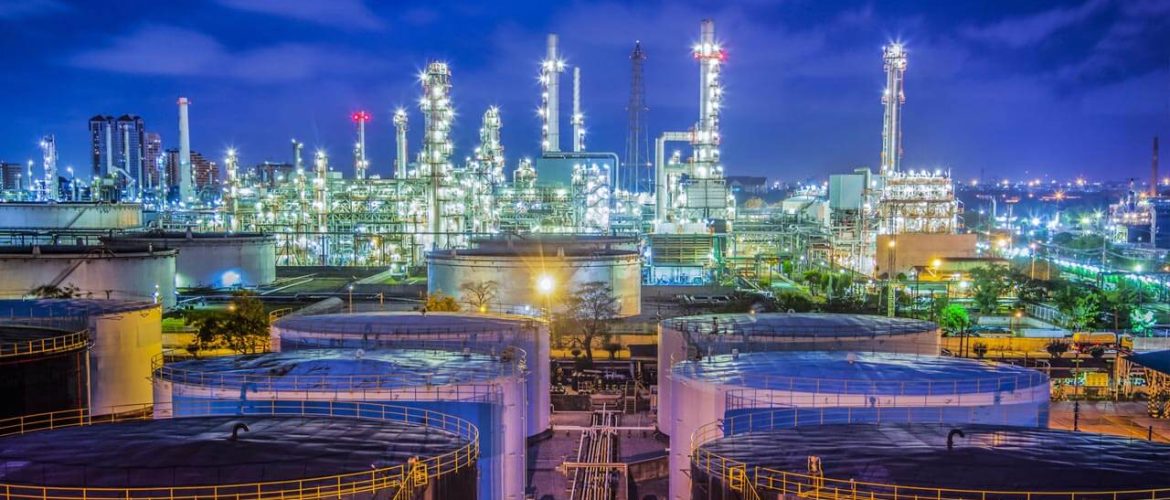Bearsville Properties, LLC is in the process of revitalizing its two 100,000 s.f. Buildings location in Colebrook, NH to update PPE manufacturing, Data Center Architecture, Compressed Natural Gas facility, Water Basin, and railway access infrastructure to take advantage of greatly increased market demand.
Key Components of Renco Holdings Infrastructure Development
- Physical Infrastructure:
- Transportation: Roads, highways, bridges, railways, airports, and seaports.
- Energy: Power plants, transmission lines, renewable energy facilities (e.g., solar and wind farms), and oil and gas pipelines.
- Water and Sanitation: Water supply systems, sewage treatment plants, and irrigation networks.
- Telecommunications: Internet infrastructure, cellular networks, and data centers.
- Digital Infrastructure:
- High-speed internet.
- Smart city technologies.
- Cloud computing and data storage systems.
- Green Infrastructure:
- Projects that integrate natural systems into urban environments, such as green roofs, rain gardens, and urban forests.
- Renewable energy systems and energy-efficient buildings.
-
Stages of Infrastructure Development
- Planning:
- Needs assessment and feasibility studies.
- Stakeholder engagement and community consultation.
- Environmental and social impact assessments.
- Financing:
- Public funding (government budgets, grants, taxes).
- Private sector investments (public-private partnerships, loans, bonds).
- International aid and development funds.
- Construction:
- Procurement of materials and services.
- Adherence to safety, environmental, and quality standards.
- Coordination among engineers, contractors, and workers.
- Operation and Maintenance:
- Ensuring infrastructure remains functional and efficient.
- Regular inspections, repairs, and upgrades.
Importance of Infrastructure Development
- Economic Growth:
- Enhances productivity by improving connectivity and reducing costs.
- Attracts investments and supports industries.
- Social Development:
- Provides access to essential services such as education, healthcare, and clean water.
- Improves living standards and reduces inequality.
- Environmental Benefits:
- Sustainable infrastructure reduces carbon footprints.
- Promotes resource efficiency and resilience to climate change.
- Urbanization and Modernization:
- Supports growing urban populations.
- Encourages technological advancement and smart city development.
Challenges in Infrastructure Development
- Funding Constraints:
- High initial costs and limited public resources.
- Environmental Impact:
- Land use changes, habitat destruction, and carbon emissions.
- Governance Issues:
- Corruption, inefficiency, and lack of transparency.
- Technological Gaps:
- Outdated systems and insufficient adoption of modern technology.
- Community Resistance:
- Opposition due to displacement, cultural concerns, or environmental effects.
Emerging Trends in Infrastructure Development
- Smart Infrastructure: Integration of IoT, AI, and data analytics.
- Sustainable Practices: Use of renewable materials and energy.
- Resilient Systems: Designing for climate adaptation and disaster resistance.
- Inclusive Development: Ensuring infrastructure benefits underserved communities.
Infrastructure development is a cornerstone of progress, impacting all aspects of life and shaping the future of societies. Effective strategies require a balance of innovation, sustainability, and inclusivity.



